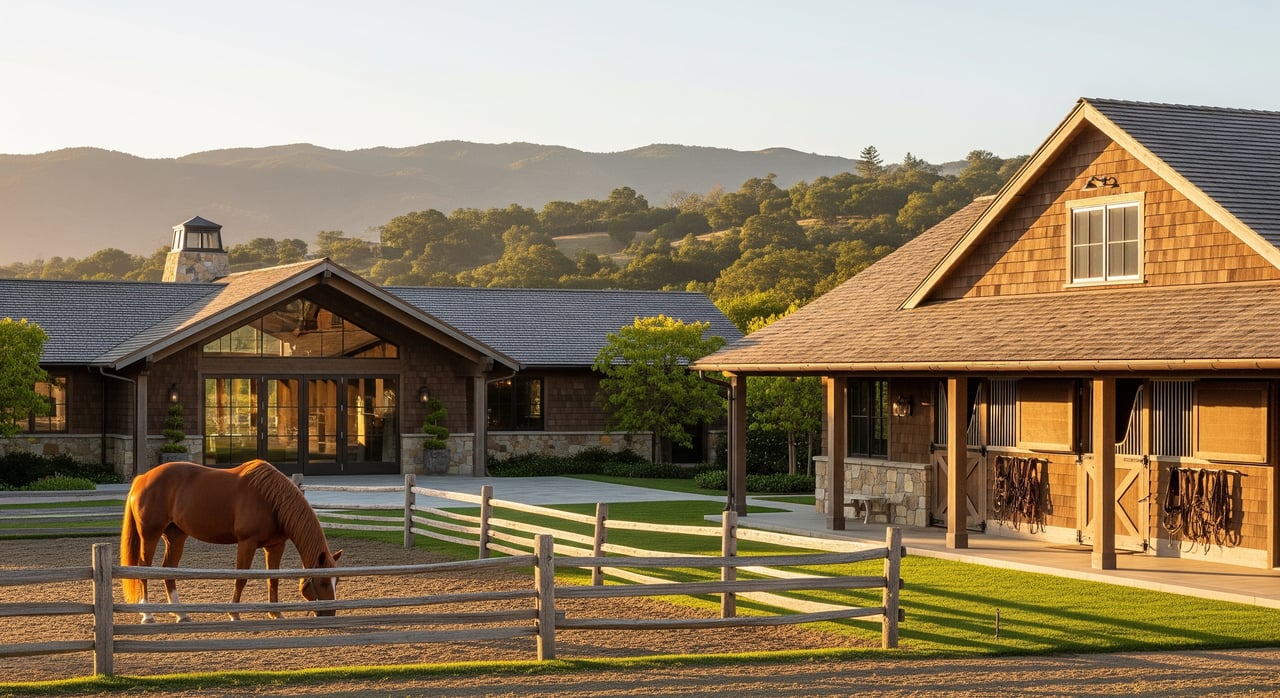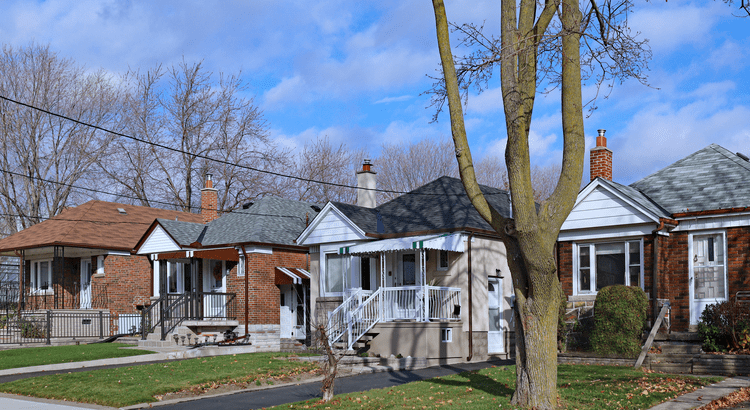First-Time Homebuyers Are Snapping Up Homes in These Surprising States—Including a Wave of Millennials
Realtor November 1, 2024
Buyer

Realtor November 1, 2024
Buyer

While conditions in the housing market are among the toughest on record, first-time buyers have still managed to make gains—in some states more than others.
The share of conventional conforming mortgages going to first-time buyers has been growing steadily for the past 20 years, climbing from around 20% in 2004 to more than 50% in the second quarter of this year, according to Freddie Mac’s latest market outlook report.
Freddie Mac’s economists cite a number of factors driving the trend, including the demographic wave of millennials hitting the prime ages to buy their first houses, and a decline in overall transactions due to the mortgage “lock-in” effect that has boosted share for first-time buyers.
At the state level, first-time buyers have increased their market share the most in Rhode Island, where first-time buyer share of home sales jumped 14.3 percentage points from 2019 through 2024, according to the report.
It’s unclear why Rhode Island would lead the country in this regard, particularly since the state is hardly a bastion of affordability. In September, the median listing price in Rhode Island was $569,950—well above the U.S. median price of $425,000, according to Realtor.com® listing data.
It may be that Rhode Island’s small size and relatively few home transactions amplify the relative share of first-time buyers, who made gains in transaction share in nearly every state. Last month, there were just 1,465 active listings in Rhode Island—the fewest in any state.
Other states with the largest gains in first-time buyer share include Iowa (12.4%), Nebraska (11.3%), Wisconsin (10.9%), and Connecticut (10.8%). In general, states in the Northeast and Midwest saw the biggest gains for first-time buyers.
Freddie Mac economists noted that the first-time homebuyer share is growing faster in areas with moderate or slower home-sale activity. With fewer overall transactions, first-time buyers account for a greater share of the total.
Conversely, first-time buyer share has grown more slowly in states that are popular retirement destinations, such as Arizona and Florida. In those areas, the number of older Americans moving in likely represents a greater share of home purchases, diluting share for first-time buyers.
Over the past five years, first-time buyers lost share in only two states: Louisiana (-0.2%) and North Dakota (-1.5%).
It’s worth noting that Freddie Mac’s analysis only considers first-time buyer share of conventional mortgages and excludes cash sales and unconventional home loans. When those kinds of transactions are included, first-time buyer share of home sales looks much lower than the 53% reported by Freddie Mac.
Last month, first-time buyers accounted for 26% of all sales of previously owned homes, according to the National Association of Realtors®. That’s down from 27% a year earlier and matches all-time lows touched in August 2024 and November 2021.
All-cash sales accounted for 30% of transactions in September, up from 26% in August and 29% a year earlier, according to NAR. Cash transactions are popular with investors, as well as homeowners who are able to cash in on their equity to buy a smaller home or a home in a more affordable part of the country.
The new report from Freddie Mac noted that while prospective first-time buyers account for half of conventional loans, they face a number of headwinds that make homeownership a challenging goal.
The report found that between January 2000 and July 2024, cumulative entry-level prices grew 63% more than high-end home prices, meaning that start-home prices are growing faster than the rest of the market.
“Less affordable housing is acutely felt by those seeking to buy their first homes, especially those without substantial wealth at their disposal,” the report states.
The tight supply of homes is also a major issue. Currently, there are about 30 renter households for each available home for sale— up from less than 10 in 2006, according to the report.
The supply shortage dates back to the Great Recession, which dealt a major blow to new-home construction. Since then, construction has slowly increased but failed to keep pace with demand, resulting in a shortage of at least 1.5 million homes.
Stay up to date on the latest real estate trends.

Seller
December 12, 2025
A lot of people are asking the same thing right now: “Is it even a good time to sell?” And the truth may come as a bit of a surprise...

Seller
December 11, 2025
Spring gets all the attention, but it’s not always the best time to sell a house.

Seller
December 9, 2025
If you’re like a lot of homeowners, you’ve probably thought: “I’d like to move… but I don’t want to give up my 3% rate.” That’s fair.

December 4, 2025

Buyer
December 2, 2025
Focus on homes that have been sitting on the market for a while.

Seller
November 28, 2025
When the holidays roll around, travel plans, family gatherings, and all the chaos of the season may make you think it’s better to pull your listing off the market or t… Read more
We Guide Homeowners through the complicated process of selling their home using our 4 Phase Selling Process and 3 Prong Marketing Strategy that alleviates their stress and moves them effortlessly to their next destination. Schedule a 15 Minute Complimentary Strategy Session Today